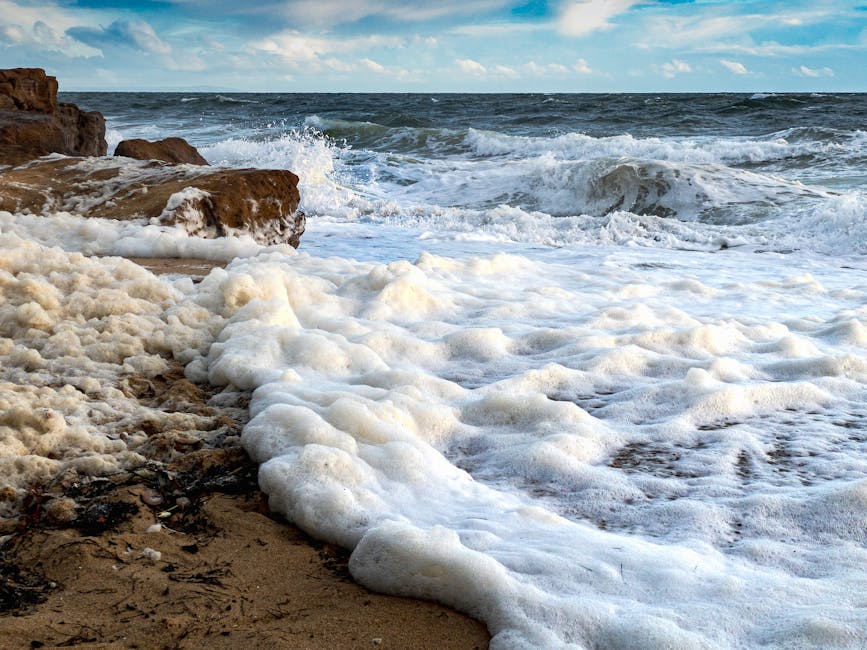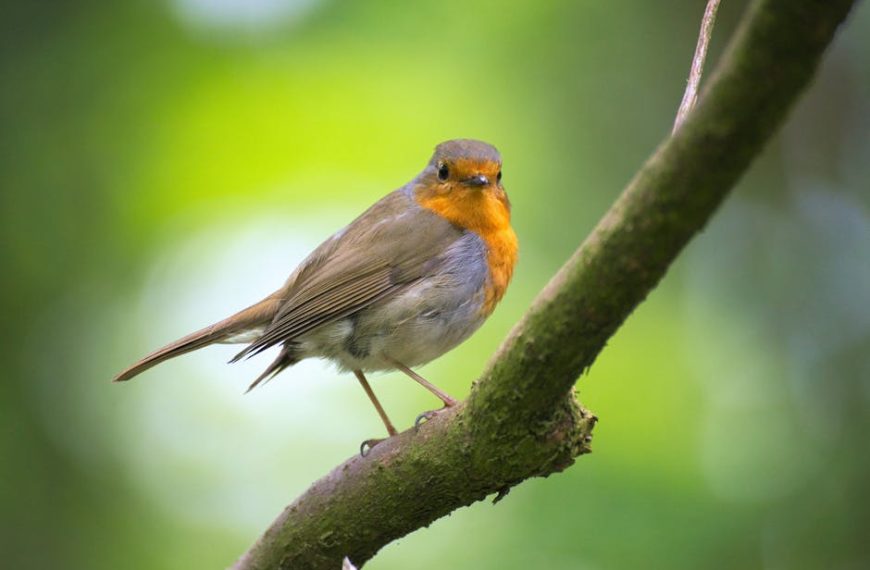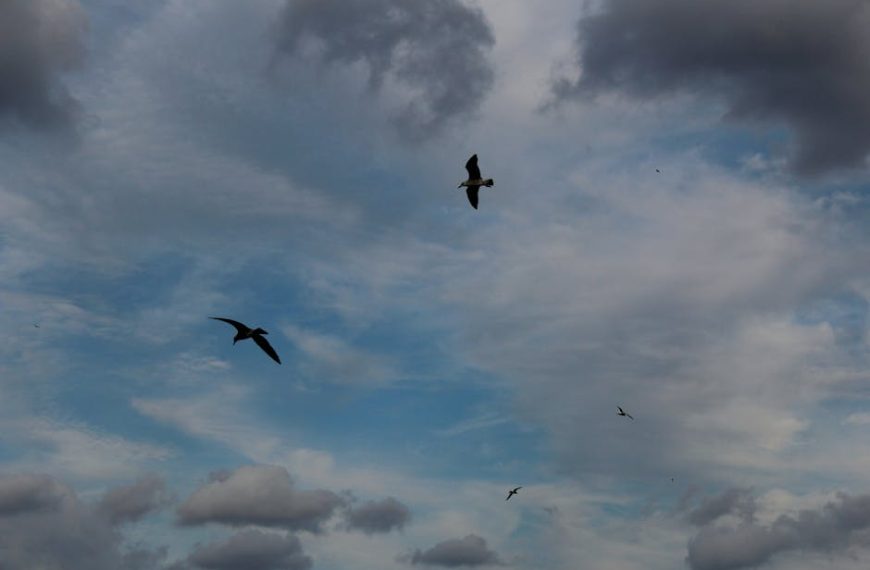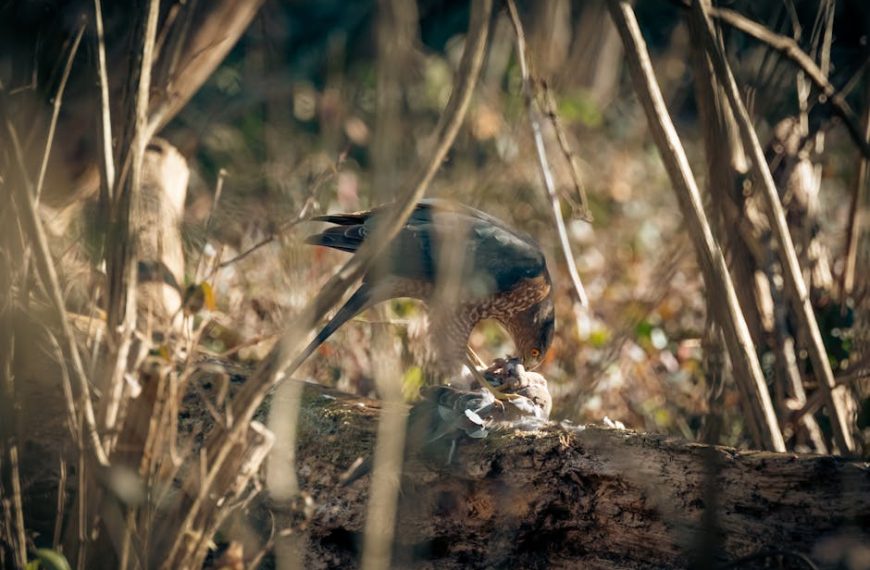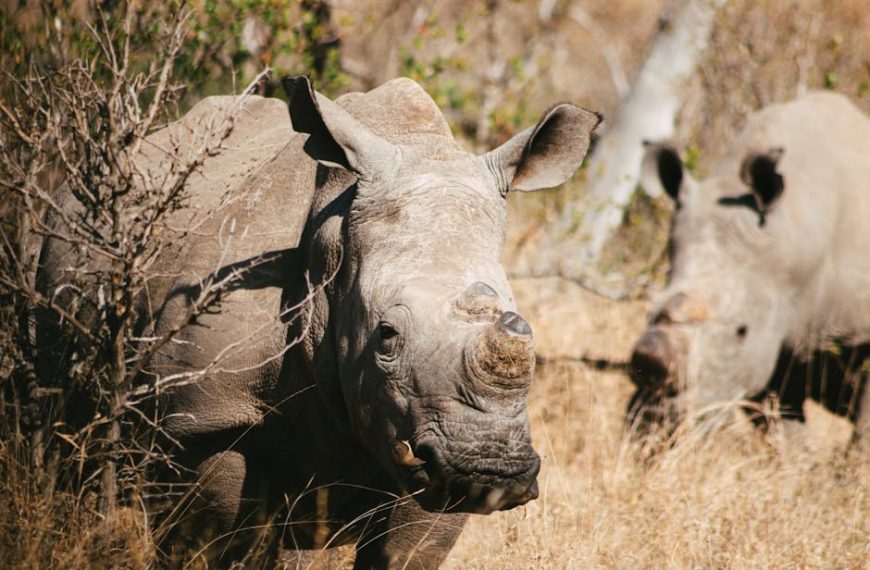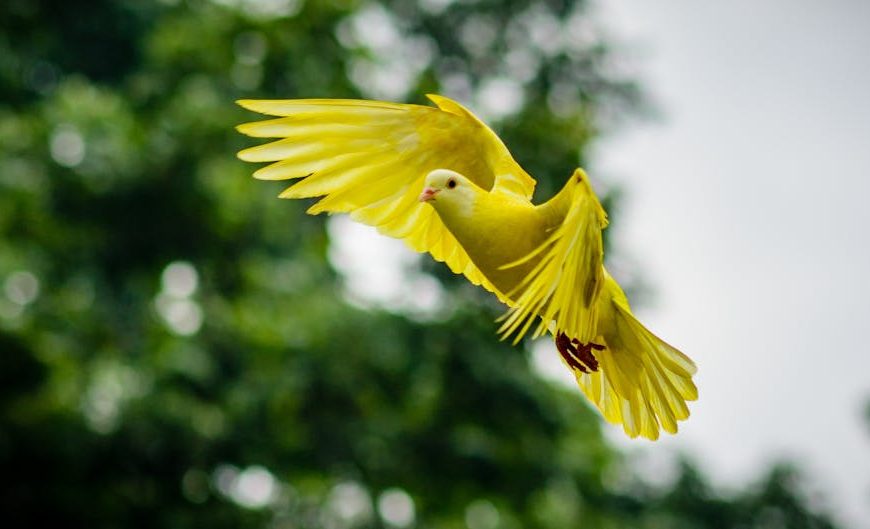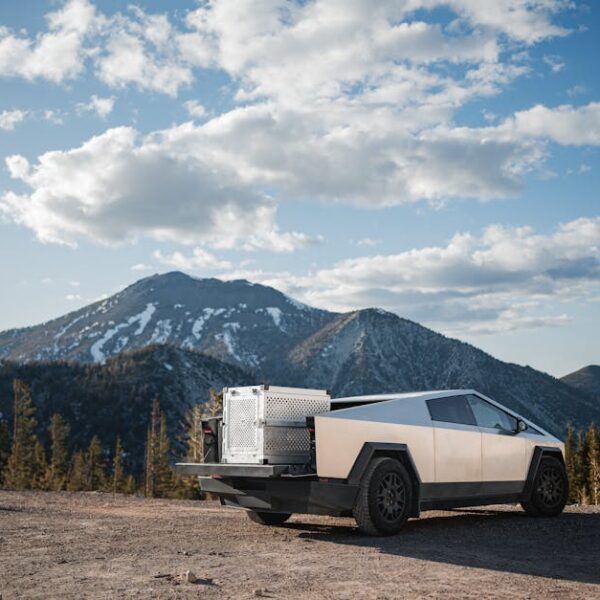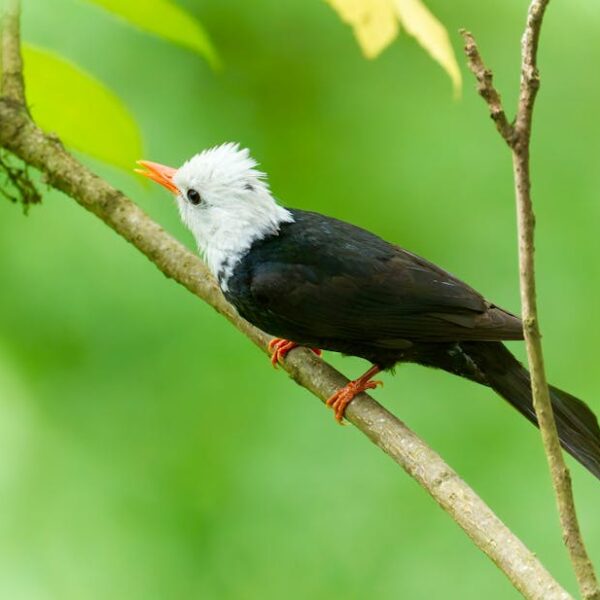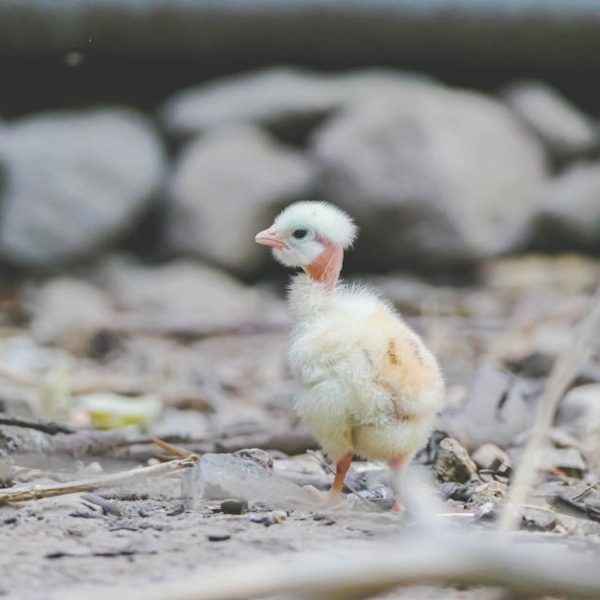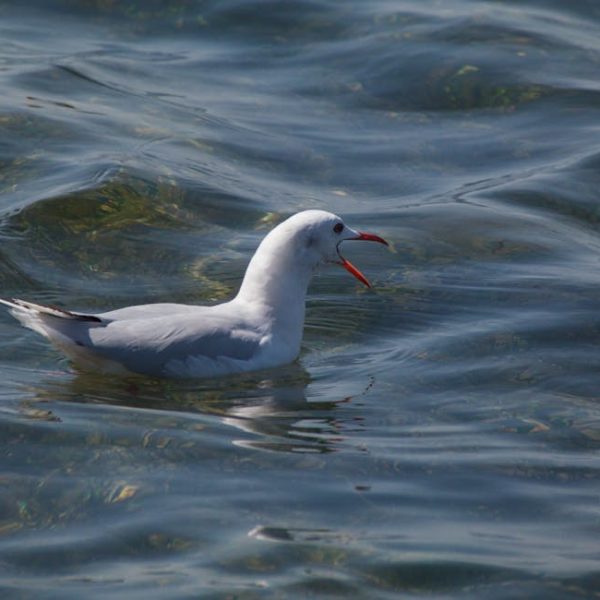Welcome to Sandringham, a quaint city situated on the beautiful coastline of the United Kingdom. When temperatures dip, Sandringham breaks out of the norm to uphold its distinctive edge through an exceptional wildlife preservation initiative – heated pools for wild birds. From sparrows to robins, many feathered creatures reap the benefits of these luxuriant amenities.
For you, bird lovers, it’s fascinating to observe a robin delicately perched on the pool’s edge, dipping in and out of the warm water and fluffing up its feathers in sheer delight.
Benefits of a Heated Pools for Wildlife
Heated pools act as refuge points for wild birds, particularly during winters when natural water sources freeze over. The principal function is to help avian wildlife maintain their body temperature. At the same time, they also promote a hygienic environment by providing a place for birds to groom and bathe, thereby removing parasites and enhancing overall health.
| Pros of Heated Pools for Birds | Cons of Heated Pools for Birds |
|---|---|
| Helps in maintaining body temperature | Potential habituation leading to dependency |
| Fosters a hygienic environment | Possible attraction of unwanted predators |
| Increases survival rate | Unsustainable practices in pool maintenance |
The city of Sandringham peels off the traditional conservationist approach, offering a creative and effective solution towards animal welfare. Yet, it’s crucial for such projects to be cautiously balanced, ensuring that the wildlife does not become overly dependent or attract unwanted predators due to the artificially created warm environments.
Sustainable Measures in Providing Heated Pools
Any conservation effort must encompass sustainable practices to be of true value. Sandringham was mindful of this aspect during the installation and maintenance of the heated pools. Renewable technologies, primarily solar, are harnessed for heating the pools, ensuring a minimal carbon footprint.
For cities looking to replicate this initiative, there’s a checklist to consider:
- Opt for renewable energy
- Ensure a balanced ecosystem
- Regularly monitor health and behavior of wildlife
- Create awareness and engage the community
This approach ensures that such initiatives do not just serve immediate needs but also contribute towards sustainable and ecologically balanced habitats.
Bird Health and Behaviour in Heated Pools
One of the astonishing observations is the regularity and predictability of bird visits to these heated pools during the cold season. This habit formation shows the importance of these pools to the birds’ winter survival strategy.
Watch for these telltale signs:
- Increased frequency of bird visits to the pool
- Birds spending more time per visit in the pool
- Noticeable improvement in bird plumage and overall health
Community Involvement and Response
Sandringham’s heartening initiative has garnered significant appreciation and active participation from the community. The initiative has breathed new life into community fundraisers, with the heated bird pool project becoming a central theme.
Engaged community actions include:
- Fundraising activities
- Volunteering for pool maintenance and bird monitoring
- Educating young minds about bird conservation and eco-friendly practices
If you’re inspired by Sandringham’s initiative and want to contribute to wildlife conservation in your local community, here are a few pointers:
- Raise awareness about the benefits of wildlife-friendly spaces
- Organise fundraisers for creating and maintaining such habitats
- Provide local schools with educational materials on conservation
- Partner with local wildlife enthusiasts and conservation societies
Through heedful planning and active community involvement, Sandringham has demonstrated that urban wildlife conservation can be effective, sustainable, and enjoyable for everyone involved. So, next time you see a bird enjoying a warm bath, take a moment to appreciate the concerted efforts that have made this comforting sanctuary possible.
Key Takeaway:
- The city of Sandringham has taken a unique and effective approach towards bird conservation by providing heated pools for wild birds during cold seasons.
- Heated pools offer numerous benefits for the avian species, including maintaining body temperature, promoting hygiene and increasing survival rates.
- Utilising renewable energy sources, such as solar power, these initiatives not only cater to the immediate welfare of the birds but also contribute to the creation of a sustainable environment.
- The community involvement seen in Sandringham showcases the power of working together for a common cause and the immeasurable impact that collective efforts can achieve.
Remember, conservation starts with each one of us. Following the example of Sandringham, let’s strive to create and maintain suitable habitats for wildlife. Be it through awareness programs, fundraising, or volunteer activities – every effort counts. Let this be our legacy – a world that flourishes in biodiversity and co-existence.
FAQs
Q: Is it possible that the birds might become overly dependent on the heated pools?
A: Yes, it is possible. However, with careful monitoring and maintaining a balance in the ecosystem, such dependency can be managed and mitigated.
Q: Are there any possible drawbacks to creating artificial sources of warmth for wildlife?
A: Yes, these artificial sources may attract unwanted predators, which is why it is important to have regular surveillance and suitable preventative measures in place.
Q: Can these initiatives be harmful to the environment?
A: Not if they are implemented sustainably. For instance, the Sandringham project uses renewable resources like solar energy to heat the pools, thus minimizing the environmental impact.
Q: Are there specific species of birds that use these heated pools?
A: Numerous species, from sparrows to robins, have been observed to benefit from the heated pools, especially during the colder months.
Q: How can I get involved in a similar initiative in my community?
A: You could start by spreading awareness of the benefits of such initiatives. Organising fundraisers, volunteering in maintenance activities, and providing education on such topics in local schools can further facilitate the implementation of similar projects.
If you enjoyed this article and found it informative, don’t forget to share it. For more intriguing insights, feel free to explore our other articles.
